Description
SHARPIE 25
LOA—25’ 1½”
Beam—7’
Draft—1’ 7¾”
Sail Area—277 sq ft;
Weight—1,500# (empty)
The Chesapeake Bay sharpies had many unusual features. The cockpit in the model runs almost the length of the hull; the fore and aft decks being very short. The coamings forward are tied directly to the bitt for simplicity. The mast steps are hinged aft so that the masts may be easily stepped by setting their tennons in the steps, standing them up in place and clamping them to strong thwarts with metal clamps. The toe rail runs aft only—there being none forward at all, and there are three pair of large rowing socket blocks, indicating that the boat was frequently rowed, probably with her masts down. The after sail is sheeted to a large, high traveler, under which passes the tiller. A bowsprit is used in conjunction with a balance jib for light air, and this whole arrangement is removable. Evidently (the original drawing is poor) the bowsprit was a plank type that fit right over the high stem head, through which there is a hole for a pin to lock the bowsprit in place, there being no bobstay. One can only presume that the aft end of the bowsprit was forked to lock onto the bitt (this is how I have drawn it)—altogether an ingenious arrangement! The hull is relatively beamy and deep for a sharpie, and recommends itself again as a pocket cruiser, particularly since the daggerboard is more compact than a centerboard in the cabin. Hence I would recommend a convertible trunk to be used as an option or permanent addition, though the fore deck will also need a cover of some kind that allows the mast to pass through, and consideration must be made for the daggerboard to come up! A simple canvas-and-netting camp cabin might be a better solution.
This is a beautiful and unique sharpie, and I want to build and own one myself. The design has many unique features, and I like the jib in the sail plan very much. I think this sharpie might be the ideal family camp boat. She is also one of the simplest of all the sharpies to build, has a particularly roomy cockpit, and would make an excellent workboat. There is a photograph of the type in Chapter One of The Sharpie Book: Fig. 1-8.
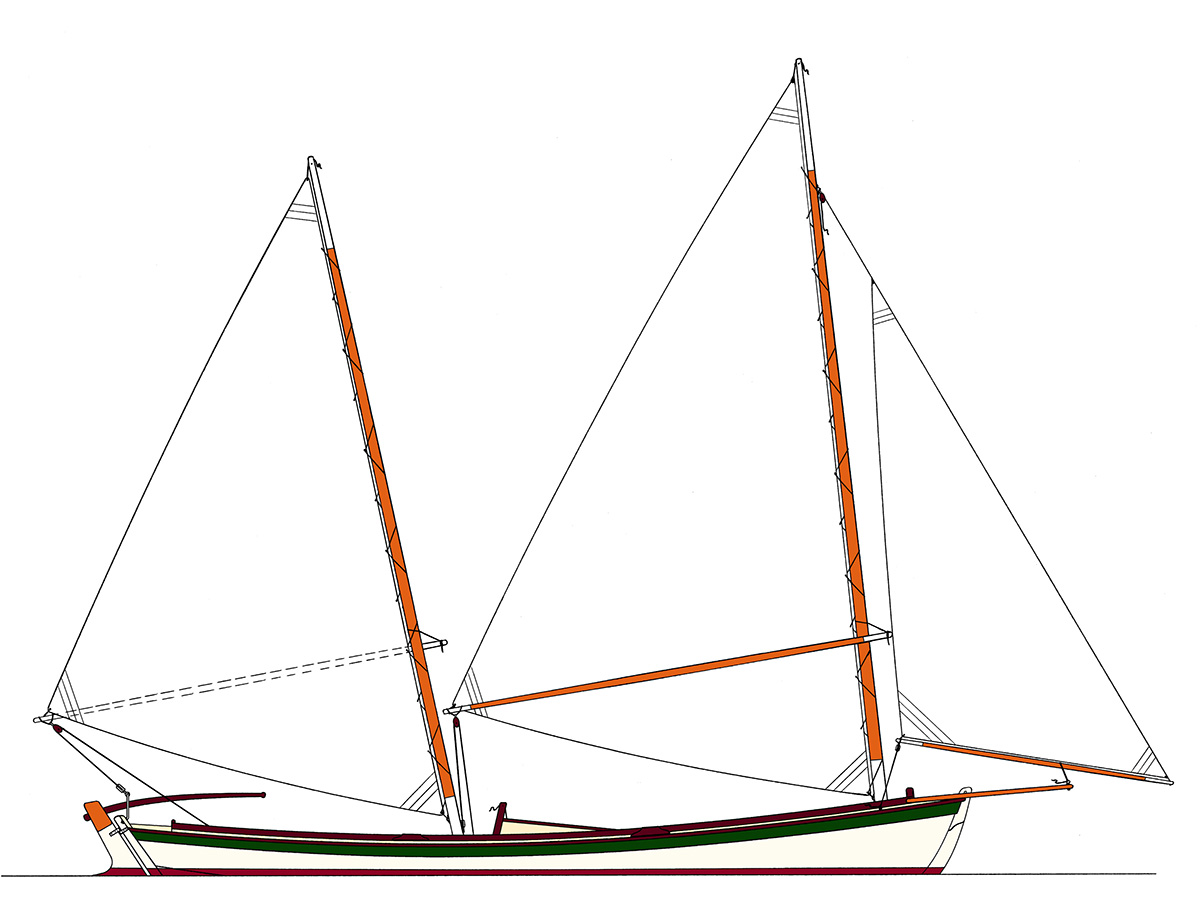

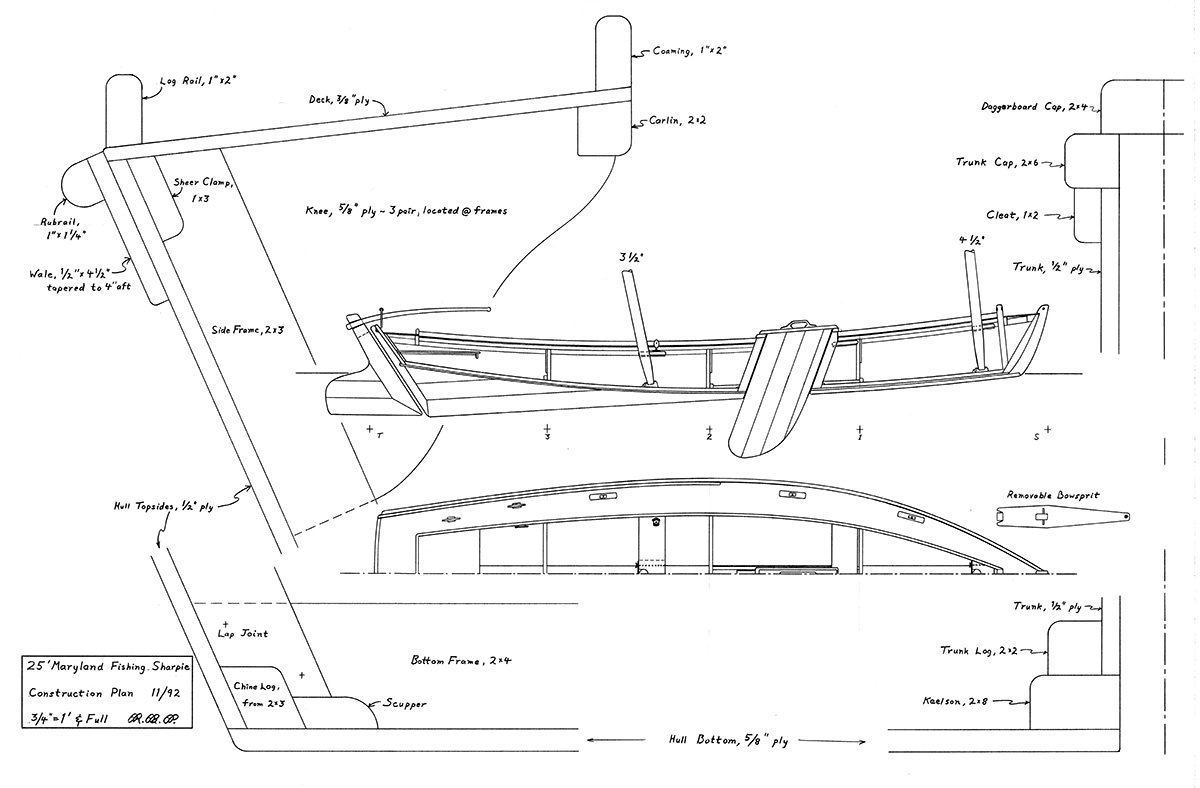
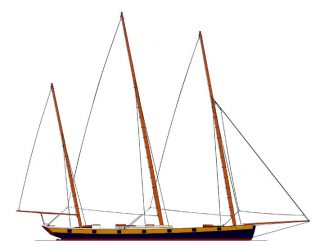
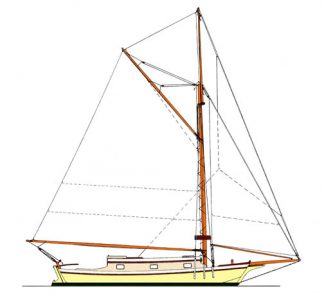

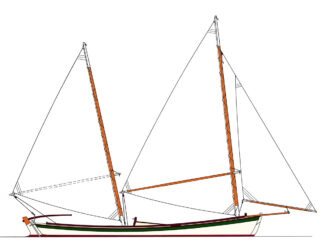
Reviews
There are no reviews yet.